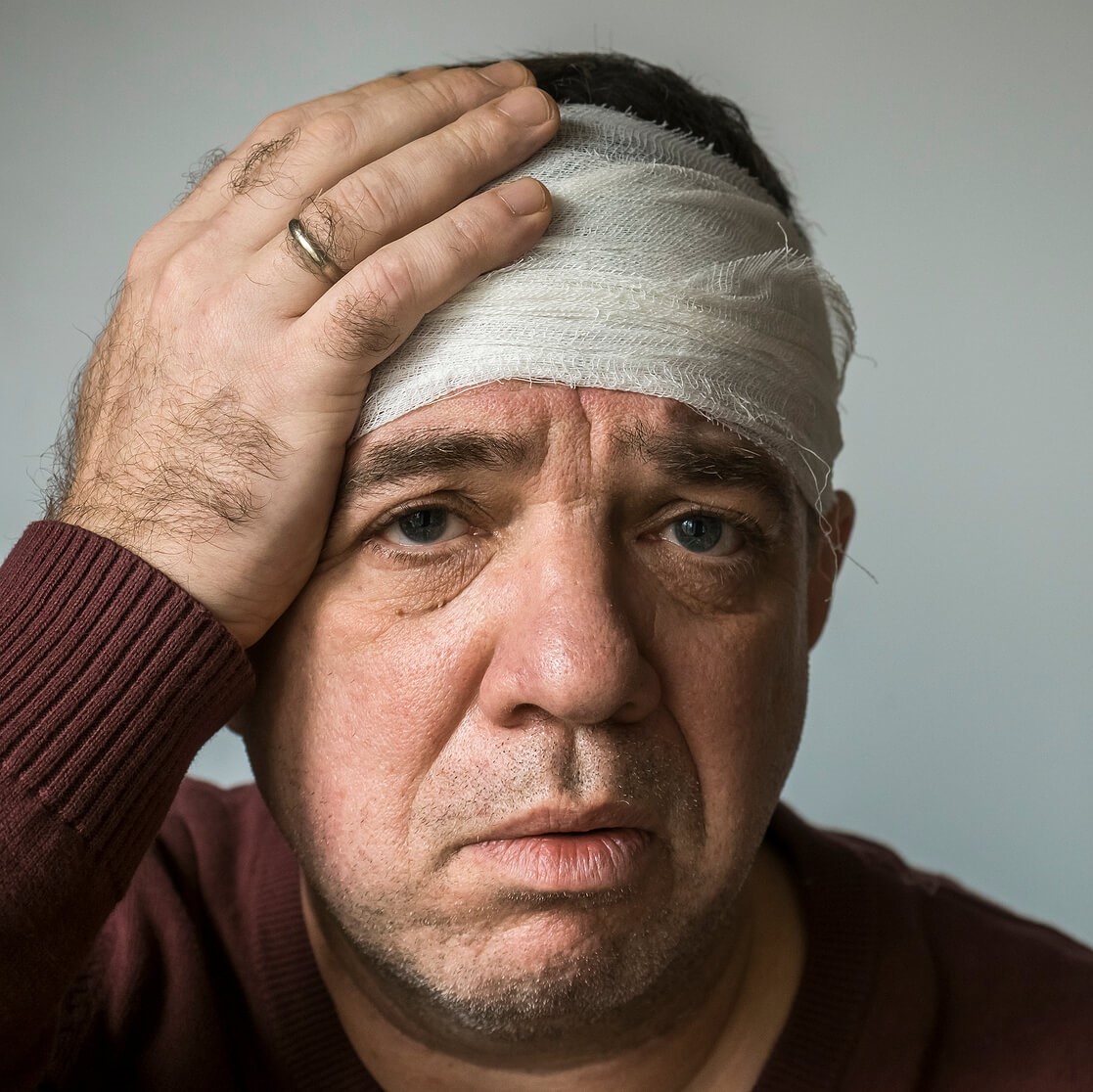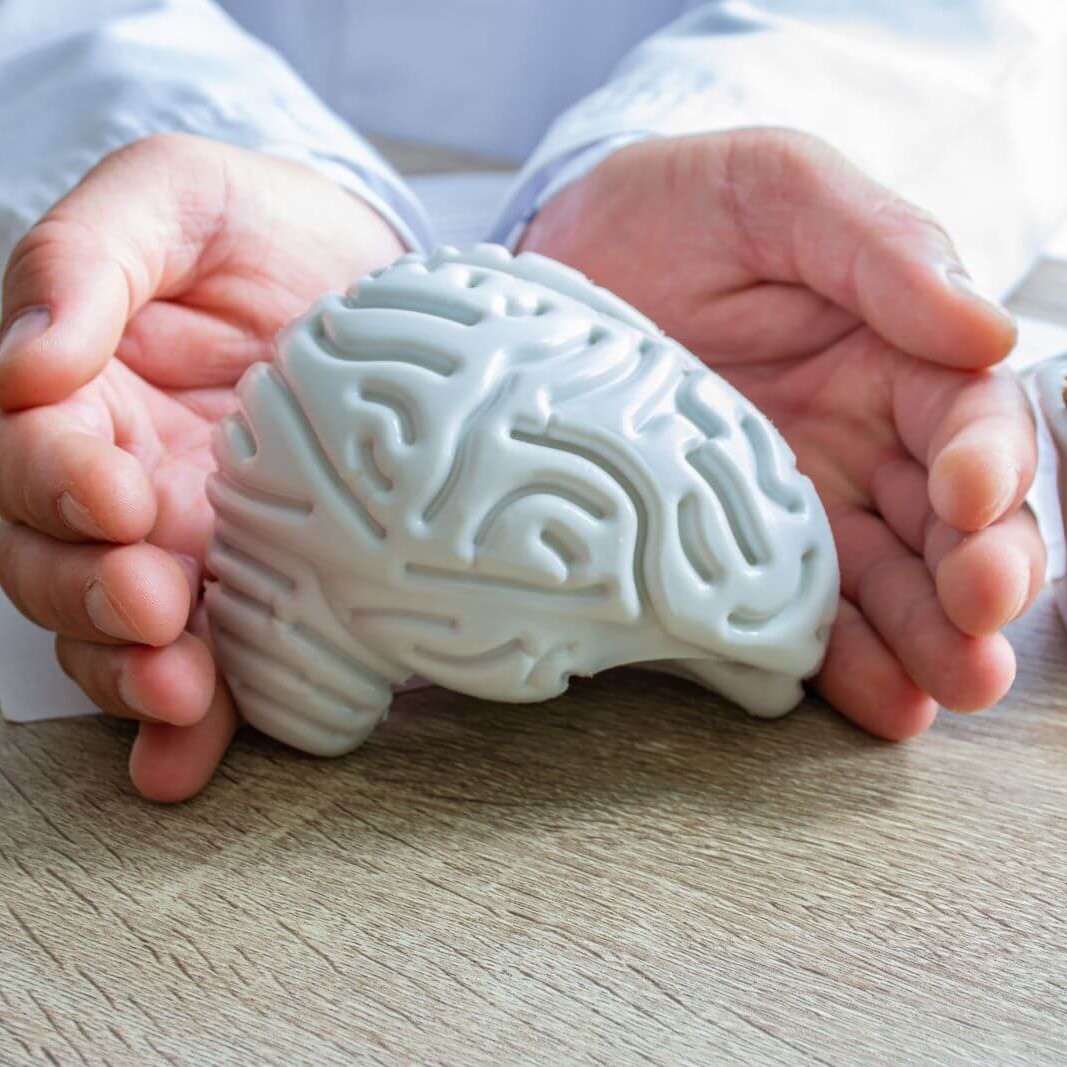Balance Disorders
What is a Balance Disorder?

How Does the Balance System Work?

What are the Symptoms of a Balance Disorder?
Symptoms of a balance disorder can vary but they often include:
Dizziness or lightheadedness | Falling or a feeling of falling | Vertigo (a spinning sensation) | Unsteadiness or a sensation of floating | Difficulty concentrating on tasks | Nausea or vomiting | Blurred or double vision | Feeling disoriented
If you experience any of these symptoms, it's important to get a professional evaluation and identify the underlying issue.

What Causes a Balance Disorder?
Balance disorders can be caused by various factors that disrupt the inner ear, eyes, sensory nerves, or brain processing. Some of the causes of balance disorders include:
Inner ear problems | Infections | Head injuries | Central vestibular disorder, or a problem in the brain | Certain medications | Low blood pressure | Neurological conditions
Identifying the root cause is key to developing an effective treatment plan.

What Are Some Types of Balance Disorders?
There are several types of balance disorders, each with its unique characteristics and treatment options:
- Benign Paroxysmal Positional Vertigo (BPPV): BPPV is characterized by brief episodes of dizziness or vertigo in response to head or neck movements.
- Meniere's Disease: This inner ear fluid balance disorder can cause recurring episodes of vertigo, along with hearing loss and ringing in the ears.
- Labyrinthitis: Inflammation of the inner ear, often associated with viral infections, can lead to loss of balance.
- Vestibular Migraine: Migraines that include dizziness or vertigo as a symptom.

How are Balance Disorders Diagnosed?
Diagnosing a balance disorder involves a comprehensive assessment, which may include:
A detailed medical history | Physical examination | Hearing tests | Imaging studies (MRI, CT scans, or VNG) | Balance testing
Our experienced team at Valley ENT employs a patient-centered approach to ensure accurate diagnosis and personalized care.

How are Balance Disorders Treated?
Treatment for balance disorders depends on the underlying cause. Some common treatments for balance disorders include:
- Medications: Addressing symptoms or underlying conditions.
- Physical Therapy: Exercises to improve balance and coordination.
- Lifestyle Modifications: Changes in diet or habits that may impact balance.
- Surgical Procedures: In some cases, surgical intervention may be necessary.
Our goal is to create a treatment plan tailored to your specific needs.

Who Is at Risk of Balance Problems?
Individuals of all ages can be at risk of experiencing balance problems, but several factors can contribute to a balance disorder:
- Age: Aging is a significant factor, as the sensory systems responsible for maintaining balance may naturally decline over time.
- Medical conditions: certain medical conditions such as inner ear disorders, neurological conditions, and cardiovascular issues, can also elevate the risk of balance disorders.
- Medications: Medications that impact the central nervous system or have side effects like dizziness may contribute to balance problems.
- Injury: Those with a history of head injuries, particularly concussions, may face an increased risk.
- Low Activity: A sedentary lifestyle can weaken muscles and coordination, making falls more likely.
- Family History: A family history of balance disorders may increase your risk of a balance disorder.

Can I Help My Doctor Make a Diagnosis?
Being proactive about your symptoms is essential. Sharing detailed information about your symptoms can help us accurately diagnose a balance disorder. Before your appointment:
- Keep a detailed record of your symptoms, including when they occur and their duration.
- Note any triggers or specific circumstances surrounding episodes.
- Be prepared to discuss your medical history and any medications you're taking.
Your insights provide valuable information that aids in an accurate diagnosis.

